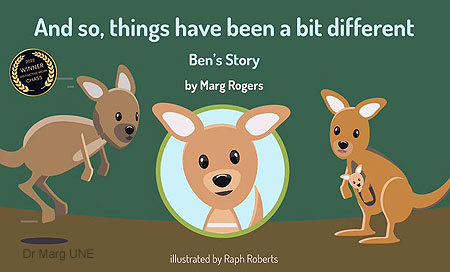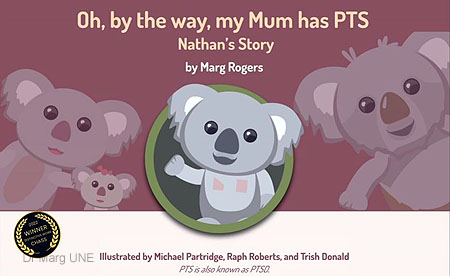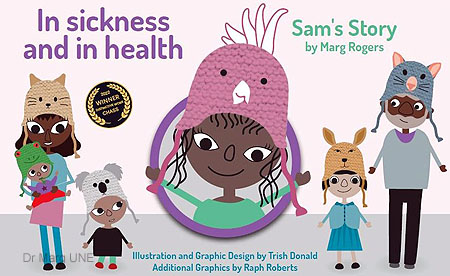
05 Oct How to assess and care for your child if they’ve been impacted by trauma
Due to the increasing stressors within society, writes Dr Marg Rogers, more parents and carers are reporting their child has been affected by trauma.
The child (and possibly family members) may have been exposed to trauma through:
refugee experiences (e.g. war, terrorism, famine, dangerous journeys, persecution, detention camps)
– natural disasters and climate emergencies
– abusive relationships
– violence
– witnessing or being involved in an accident
– work (e.g. first responders, defence members and veteran personnel)
– bullying
– moral injury
– other experiences.
Direct and indirect exposure
Children can experience trauma directly or through transfer from their family members. The vicarious trauma transfer might occur from imagining what their family member experienced. Alternatively, they might overhear or see what their parent experienced. Additionally, they might experience further trauma through the family member’s behaviour due to the original trauma.
Complex PTSD
Many children who experience ongoing trauma are likely to develop complex PTSD. Symptoms of complex PTSD are similar to PTSD. However, they might also include:
• difficulties maintaining relationships
• difficulties with self-regulation of emotions
• feelings of shame, guilt and worthlessness
• feeling like they don’t belong or are not connected with others
Symptoms that are similar to PTSD include:
• feeling unsafe, creating hypervigilance
• feelings of dread
• poor sleep and waking very early
• avoid people who are affectionate
• attracted to others who are unavailable
• poor self-regulation of emotions, volatile
• paranoia
• wanting to isolate
• find living exhausting and wish life was over
• throw themselves into work or study to find safety
• rigid with routines, lack of spontaneity
Long-term impacts
Childhood trauma is likely to reappear through various behaviours and emotions due to its impact on the nervous system and brain. This makes relationships more difficult for them in childhood and adulthood. Children’s and adults’ bodies react to childhood trauma, often creating a hypervigilant immune system that often fails to differentiate between minor and major threats. This causes chronic auto-immune diseases later in life. They are more likely to suffer from chronic digestive symptoms in childhood and adulthood and heart conditions in adulthood.
Although it has improved, our knowledge is still extremely limited about the impacts of trauma on children. Australia’s new Domestic Violence leave shows an improvement in policy, but it needs to be accompanied by a community education campaign so organisations and businesses understand why early intervention strategies will reduce costs and improve productivity.
Encouragingly, one of the leaders in the field of trauma support, Bessel Van Der Kolk, explains that many of our great innovators of ‘social change have intimate personal knowledge of trauma… (due to) insights and passions that came from having dealt with devastation’. Additionally, the ‘same is true of societies’, such as advances due to the Great Depression and wars. He adds
trauma is now our most urgent public health issue, and we have the knowledge necessary to respond effectively. The choice is ours to act on what we know.
Supporting children who have been exposed to trauma
If you recognise seven or more of the above symptoms in your children, it is helpful to find out some more about possible traumas that they may have been exposed to. It is important for parents and carers who support children to empower children’s voices to speak up about their experiences. This is a first and very necessary step to address these children’s needs and support their recovery.


 The Child and Family Resilience Programs have free research-based learning modules available for parents and carers who support children who have experienced trauma. Free online personalised programs are also available to find the best resources to suit your child’s individual needs. They are based on family narratives of children living with parents with work-related injuries and trauma.
The Child and Family Resilience Programs have free research-based learning modules available for parents and carers who support children who have experienced trauma. Free online personalised programs are also available to find the best resources to suit your child’s individual needs. They are based on family narratives of children living with parents with work-related injuries and trauma.

